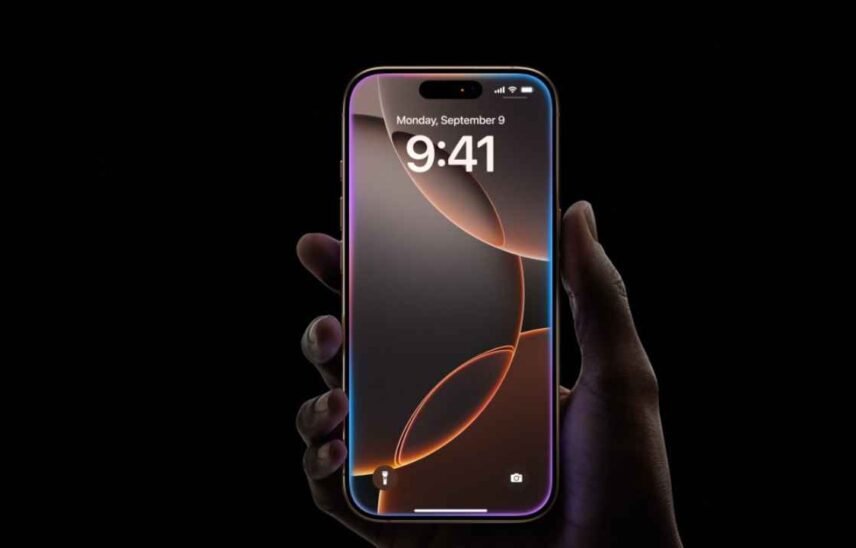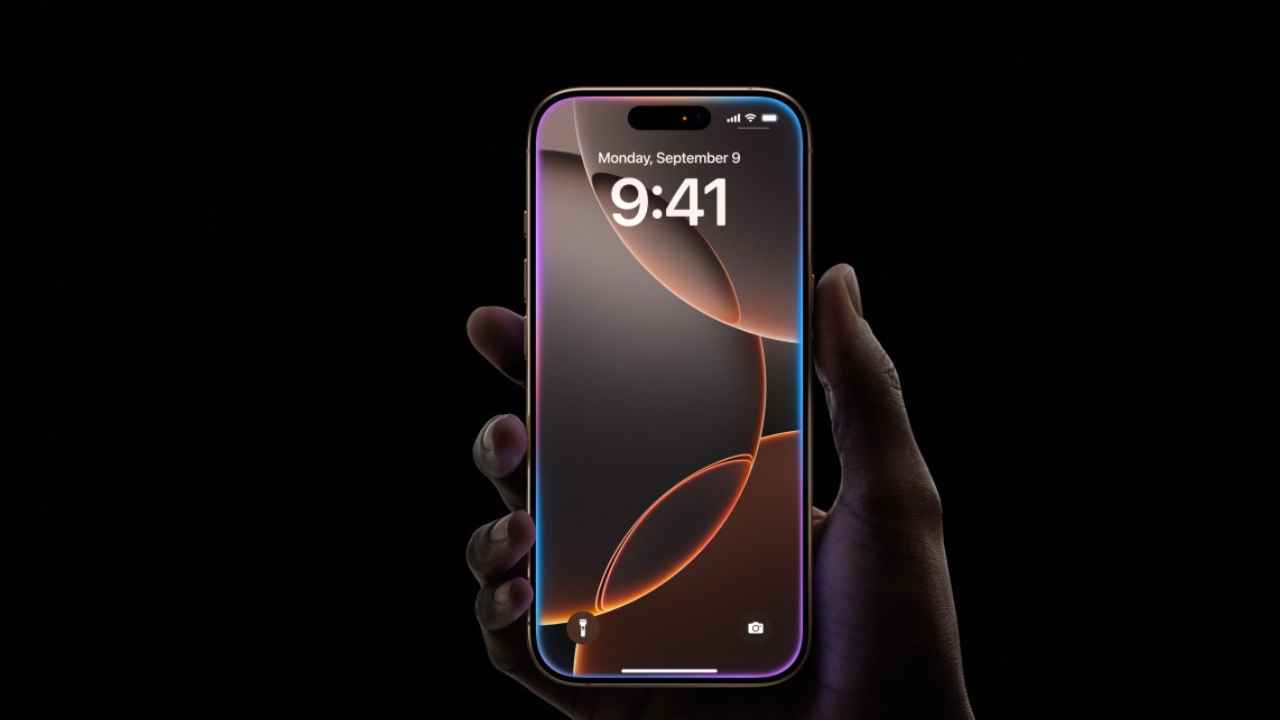
- Home
- Managed Services
- Cyber Security
- Blog
- About Us

We 365 Admin Support, just simplify your IT problems
Call for a free support. +91 96666 59505Platform Partnership
- Who We Help
- Shop
- Contact
- News






HIGHLIGHTS
Table of Contents
ToggleApple is set to unveil its highly anticipated iPhone 17 series later this year, most likely in September. Although the launch is still a few months away, a flurry of rumors and leaks have emerged, providing a sneak peek into the expected features of this next generation of smartphones. One of the key upgrades that consumers were looking forward to was a new anti-reflective, scratch-resistant display coating intended exclusively for the iPhone 17 Pro models. However, recent reports indicate that Apple might not move forward with this feature due to unforeseen production challenges.
For those not in the loop, previous iPhone models are equipped with an oleophobic (oil-resistant) coating that has been standard since the iPhone 12 series launched in 2020. This oleophobic layer is designed to resist fingerprints, ensuring the display remains clear and clean during use.
According to a report from MacRumors, Apple has decided to forgo the introduction of the new anti-reflective display coating for the iPhone 17 Pro. The tech giant reportedly faced significant hurdles in scaling the production of this specialized display coating. Given the massive volume of devices that Apple produces, the implementation of this new anti-reflective feature was deemed “too slow” to materialize this year, even though it was initially planned to debut solely on the iPhone 17 Pro.
In related news, a leaker on Weibo, known as Instant Digital, previously hinted at Apple’s plans for an innovative anti-reflective display layer aimed at enhancing scratch resistance. This exciting feature appeared to draw inspiration from the Samsung Galaxy S24 Ultra’s Gorilla Glass Armor, which reportedly reduces glare by approximately 75%. Apple has also incorporated similar nano-textured displays in its latest M4-powered MacBook Pro, iPad Pro, and iMac, which significantly minimize reflections and improve user experience.
As Apple continues to navigate these challenges, another significant shift may be on the horizon. Reports suggest that the Plus model might be entirely eliminated from the iPhone 17 lineup. Instead, a new iPhone 17 Air is anticipated to take its place, bringing a lightweight alternative to consumers. Furthermore, it has been indicated that the flagship iPhone 17 Pro Max—or possibly known as iPhone 17 Ultra—will feature considerable camera enhancements, including a dedicated vapor cooling chamber to efficiently manage heat during prolonged usage.
Performance-wise, the iPhone 17 Pro models are expected to be powered by the A19 Pro chipset, built to deliver even more robust capabilities than its predecessors. The devices may come with a 6.9-inch Super Retina XDR OLED display, boasting an impressive refresh rate of 120Hz. This upgrade aims to provide users with smoother interactions and a more immersive viewing experience, elevating mobile gaming and media consumption to new heights.
In conclusion, while Apple enthusiasts eagerly await the arrival of the iPhone 17 series, current updates provide a mixed bag of excitement and disappointment. The cancellation of the new anti-reflective coating may not sit well with everyone, but the introduction of the iPhone 17 Air and significant enhancements to the Pro models could make this release compelling. With each new iteration, Apple continues to push the envelope in terms of design, performance, and user experience, reinforcing its position as a leader in the tech industry.